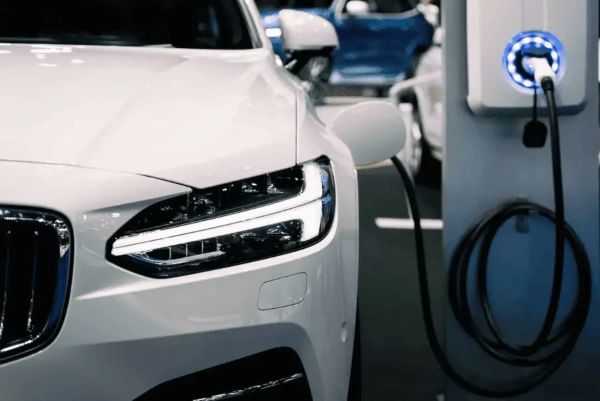


Level 3 Charging At Home: Is It Worth the Investment?
Is Level 3 Charging Worth It at Home? A Quick Guide for EV Owners
As a professional EV charger manufacturer in China, Topper Company provides dependable electric vehicle charging station equipment and comprehensive charging solutions.As electric vehicles (EVs) grow in popularity, the demand for faster, more efficient charging is rising. Among the top options is Level 3 charging—also known as DC fast-charging. But is installing one at home a smart move?
Level 3 chargers use direct current (DC) instead of alternating current (AC), allowing them to recharge EV batteries much faster. Typically, they add 100–250 miles of range in just 30–45 minutes, operating at voltages between 400 and 900 volts. Public networks like Tesla’s Supercharger, EVgo, and Electrify America offer charging speeds from 50 kW up to 500 kW—though your EV must support such speeds to benefit.
While fast and convenient, Level 3 chargers are rarely suitable for residential installation. Here’s why:
High Voltage Requirements: Most homes are wired for 240V. Level 3 chargers need up to 480V or more.
Excessive Power Draw: A typical home uses 30 kW per day, but a Level 3 charger can draw 100 kW or more—posing a major burden on your electrical system.
Costly Upgrades: Retrofitting your home to support Level 3 charging involves major infrastructure upgrades, often costing tens of thousands of dollars.
For most EV owners, the answer is no. Here’s what to consider:
Charging Capacity of Your EV: Many EVs—including Tesla models, Lucid Air, and Ford Lightning—max out at around 11.52 kW when charging at home. Even if you install a 500 kW charger, the car can’t use it fully.
Your Driving Habits: If you’re mainly commuting or driving locally, a Level 2 charger can easily meet your needs.
Cost vs. Benefit: The high cost of installation isn’t justifiable for most households, especially when public fast chargers are widely available.
Pros
Ultra-fast charging (100–200+ miles in 30 minutes)
Great for long-distance travelers
Added convenience for tight schedules
Cons
High upfront and installation costs
Significant space and utility requirements
Limited compatibility with many EV models
Higher utility bills due to demand charges
Level 2 chargers strike a balance between speed and practicality. They offer 10–60 miles of range per hour and can fully charge most EVs overnight using a standard 240V outlet. Installation is relatively affordable, and they’re ideal for daily driving needs.
| Level | Voltage | Power | Speed | Ideal Use |
|---|---|---|---|---|
| 1 | 120V | 1.4–1.9 kW | 3–5 mi/hr | Overnight, minimal use |
| 2 | 240V | 3.3–19.2 kW | 10–60 mi/hr | Daily commuting |
| 3 | 400–900V+ | 50–350 kW+ | 100–200+ mi/30 min | Road trips, fast top-ups |
Level 3 chargers are great for highway rest stops and fast public charging, but for home use, they’re often overkill. A Level 2 charger offers a smart, cost-effective solution for most EV owners—delivering sufficient speed without the hefty price tag or electrical upgrades.Know more about Google SEO Directory
